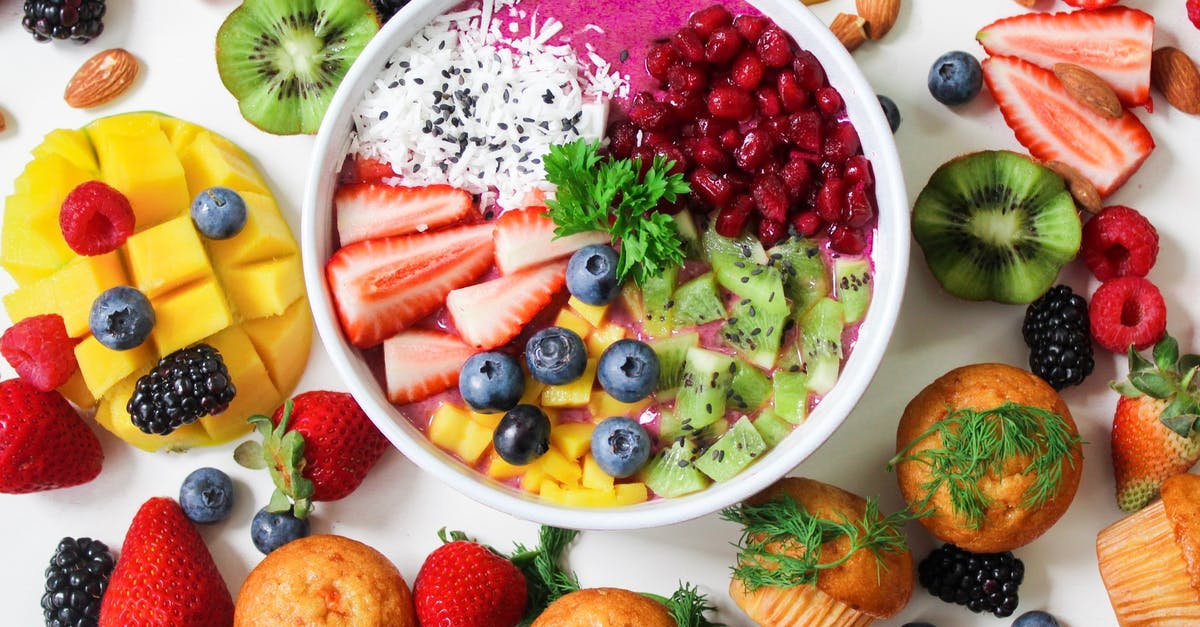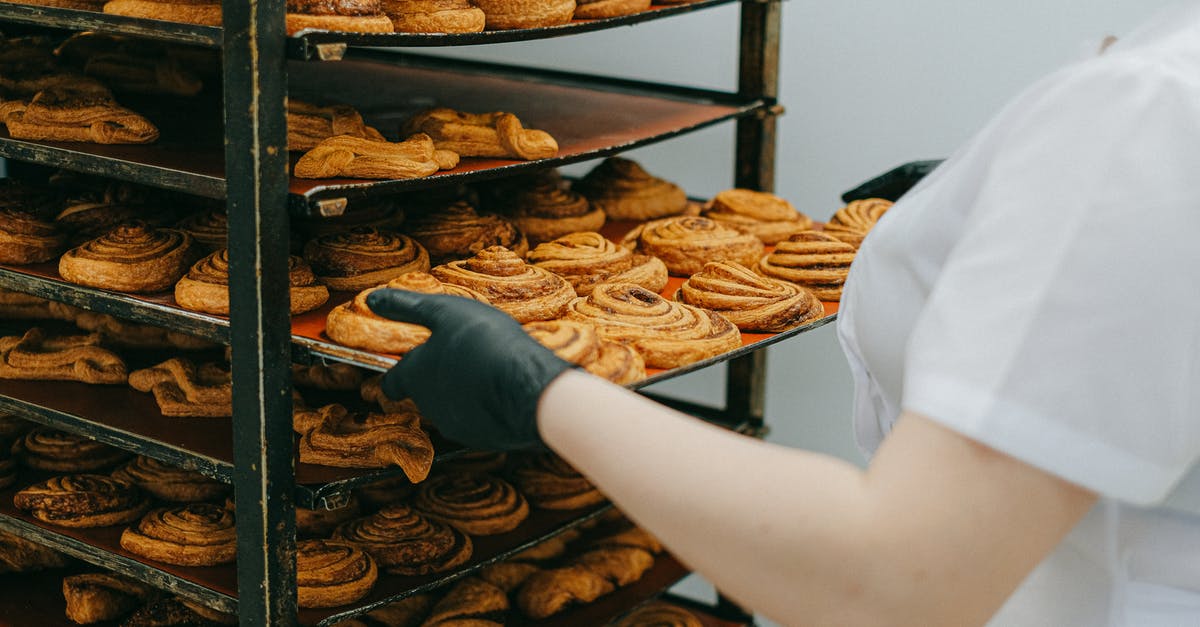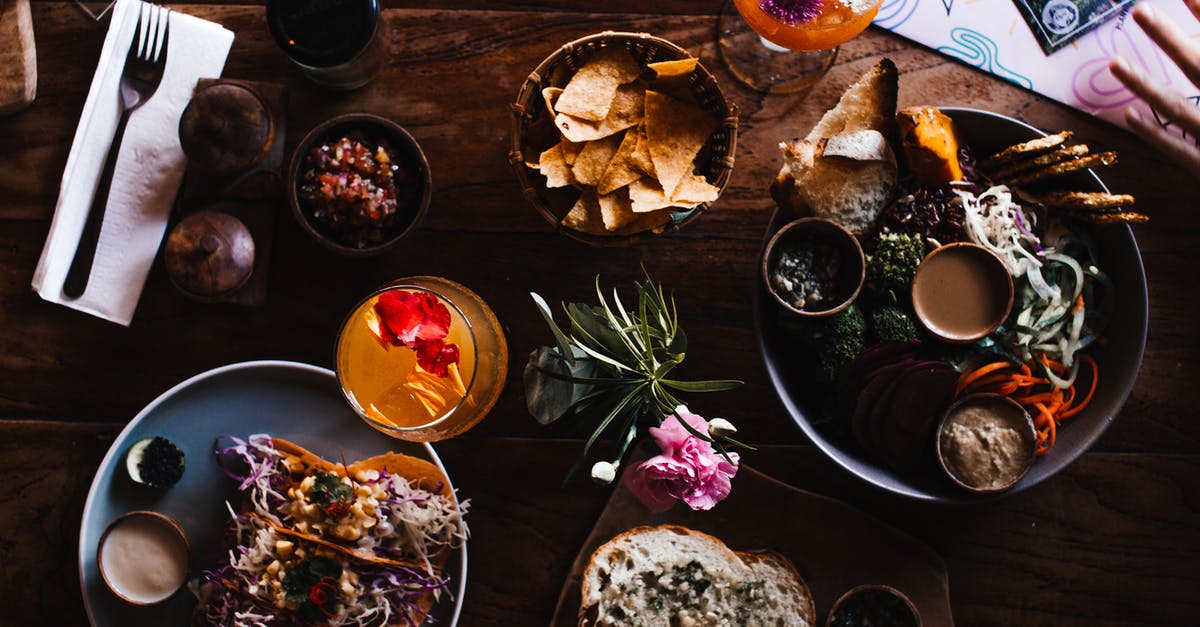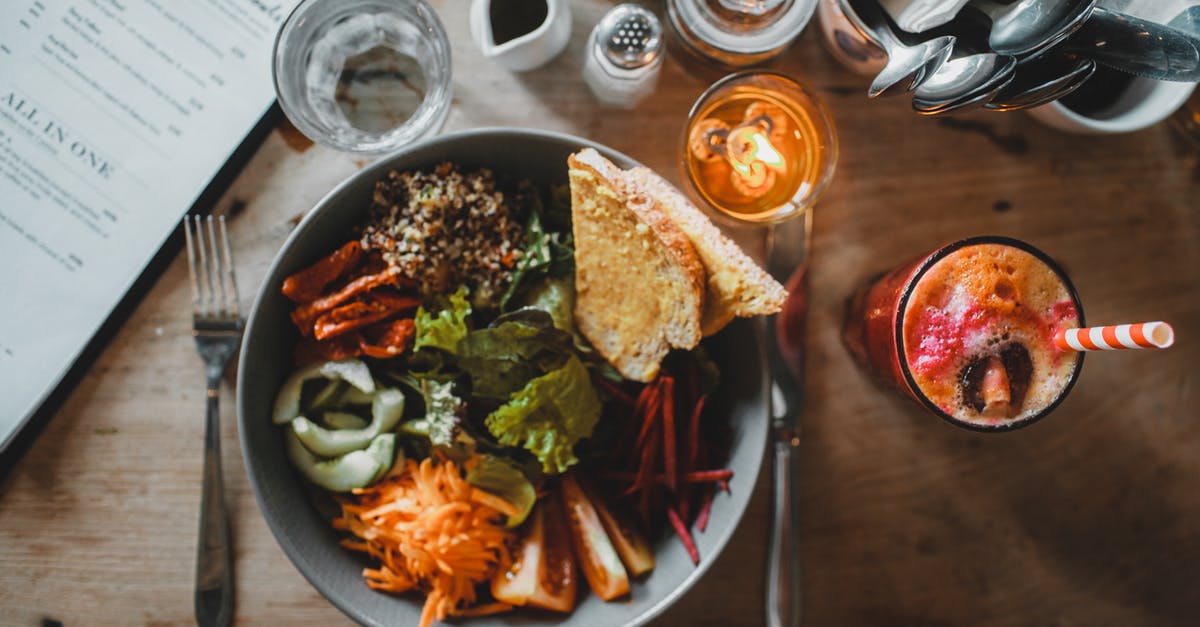What takes over the functions of gluten in gluten-free bread mixes?

Gluten has many effects on bread doughs, as explained in this beautiful answer. I think the main effects for bread doughs are the first three mentioned there:
Provide elasticity, presumably because of the network of links it creates in the dough;
Trap and retain gas, again with the network of crosslinks;
Absorb moisture.
As the answer linked to above explains, hydrocolloids such as xanthan or guar gum can mimic the effect of 2. to a certain extent by forming a very thin gel. I was wondering which ingredients take over which specific function of gluten.
More specifically: is it possible to indicate specific ingredients that take over some of the other functions? Are there other classes of ingredients that take over the function of trapping gas bubbles - maybe other proteins? And are there other functions that hydrocolloids have in gluten-free bread mixes?
Best Answer
To summarize the points of Aaronut's answer and provide a framework for answering:
'Gluten is responsible for elasticity of dough, which is perceived as chewiness','The "rising" in baked goods is essentially just stretching of the gluten network', 'Gluten is also exceptionally good at both absorbing and retaining moisture'
- Dough's rising is catalyzed by the yeast eating sugar and giving off gas, the gas becomes suspended in the gluten network which has body from absorbed moisture and is restrained and stregthened by the salt. The end.
- In the absence of gluten, there is no network for the gas to lift. However, when you add xanthum or guar gum, their qualities as hydrocolloids allow them to swell with moisture and rise with the gas.
- Modified rice starch imitates gelatin in some applications, gelatin also produces flex and supports a smoother texture (common complaints about gluten-free breads refer to their grainy texture).
- If you remove the gums and hydrocolloids from the gluten free dough you'll get a sopping wet mess that does nothing; using flax and chia seed will pull it back into shape. Both seeds, when milled will gel andprovide the meringue-type (though not as effective or durable) effect.
- Tapioca starch also gives body and accommodates a smoother texture, hence it's addition to the King Arthur's gluten free flour mix.
'When baking without gluten, you will have to be very precise about all of your measurements', as gluten is more forgiving due to its slow-acting nature
- Yep.
- In gluten-free baking one must substitute precision for not precision. Over kneading can be fatal especially in recipes with flax and chia.
'Its coagulation action is actually very similar to that of egg whites... gluten is basically doing the same thing inside of whatever you're baking'
- Gluten allows you to replicates the function of eggs in some use cases.
- Flax and chia eggs as well as Ener-G egg replacer are common vegan replacements to eggs, but as this question is simply about gluten-free baking the answer is to just use an egg; some recipes call for one, some don't. However, there is no likely use case where the functionality of an egg being replicated by gluten would preclude using an egg.
'Finally, it provides nutritive protein when eaten. Wheat gluten is about 75% protein':
- Yep.
- Get protein somewhere else. There are 2 grams of protein in a slice of white bread, have an ounce of black beans.
'In short: Gluten does a lot of things. Keep in mind when doing gluten-free baking that a lot of the substitutes only replicate one or two of the effects.':
- The combination of multiple agents is generally necessary to provide the same functions. If you look at this methodology for high-rising gluten-free dough from King Arthur's, you'll see that the bread flour alone contains a super-fine flour, potato starch and tapioca starch. The recipe calls for xanthum gum and an egg in addition to the tapioca and potato starches. There you already have four ingredients doing the work of the gluten.
Pictures about "What takes over the functions of gluten in gluten-free bread mixes?"



Quick Answer about "What takes over the functions of gluten in gluten-free bread mixes?"
Protein. Proteins are widely used in GF formulations to substitute gluten functionality and improve bread properties, such as crumb structure and volume.What is the raising agent in gluten-free bread?
Tapioca flour \u2013 helps to bind the mixture together without gluten or eggs, and stops the bread from being dry or crumbly. Baking powder - acts as a raising agent instead of yeast.How do you add elasticity to gluten-free dough?
Add xanthan gum to gluten-free flour. It enhances elastic qualities that gluten-free flours lack, making it easier to work with and less likely to crumble. Add plenty of water to the gluten-free flour to prevent the pastry from becoming too dry when rolling out.What ingredients activate gluten?
Wheat and other related grains (including barley, and rye) contain a mixture of two proteins glutenin and gliadin. When flour made from grinding these grains is mixed with water the two proteins combine and form gluten. Without water, gluten is not formed. The more the dough is mixed, the more gluten is developed.What does pectin do in gluten-free flour?
Pectin is frequently derived from citrus fruit and apples and is a familiar ingredient in jelly and jam recipes. Adding 1 teaspoon of fruit pectin to your gluten-free bread recipe will promote moisture retention in bread, and can be used as a vegan substitute in gluten-free bread recipes.Science: What is Gluten? Here's How to See and Feel Gluten
Sources: Stack Exchange - This article follows the attribution requirements of Stack Exchange and is licensed under CC BY-SA 3.0.
Images: Trang Doan, Anna Shvets, Rachel Claire, ROMAN ODINTSOV
